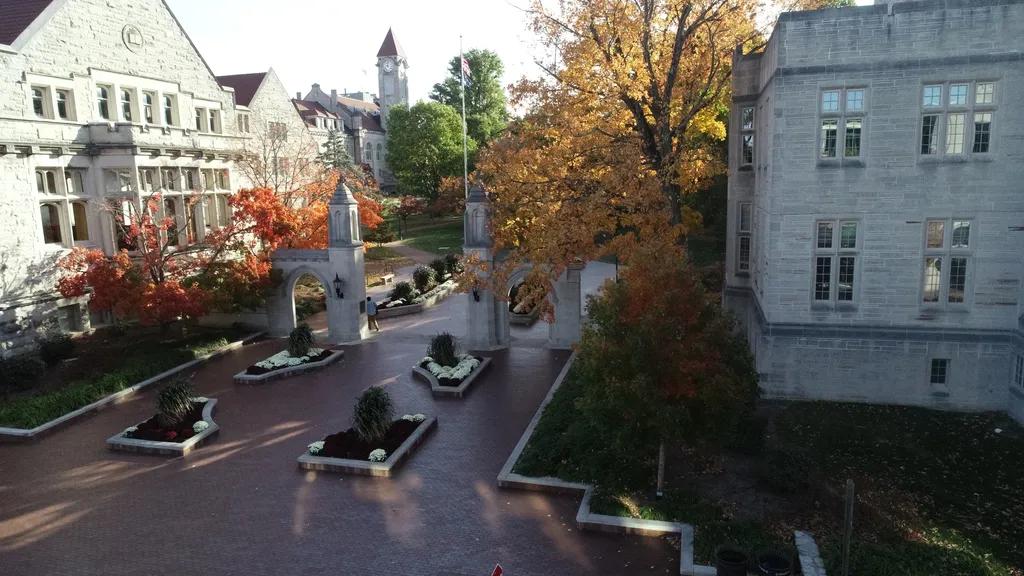Water dripping inside chimneys can be a common issue that homeowners may encounter, and it is important to identify the root causes in order to prevent further damage. In this article, we will delve into the various factors that contribute to water ingress in chimneys, shedding light on how understanding these causes can lead to effective solutions and safeguarding the structural integrity of your home.
Table of Contents
- Common Causes of Water Dripping Inside Chimneys
- Impact of Chimney Caps and Flashing on Water Intrusion
- Signs of Water Damage Inside Chimneys and Prevention Tips
- Professional Solutions for Water Leakage in Chimneys
- Q&A
- To Wrap It Up

Common Causes of Water Dripping Inside Chimneys
Water dripping inside chimneys can be a common issue that homeowners may face. It is important to understand the various causes of this problem in order to effectively address and prevent it from happening in the future.
Some of the include:
- Leaky Flashing: Damaged or improperly installed flashing around the chimney can allow water to seep in.
- Cracked Chimney Crown: A cracked chimney crown can also allow water to enter the chimney structure.
- Missing or Damaged Chimney Cap: If the chimney cap is missing or damaged, rainwater can easily enter the chimney.
In addition to these causes, other factors such as a clogged chimney flue or poor chimney construction can also contribute to water dripping inside chimneys. It is essential to address these issues promptly to prevent further damage to the chimney and the rest of the home.
Regular chimney inspections and maintenance can help identify and address potential causes of water dripping inside chimneys before they become serious problems. By taking proactive measures, homeowners can ensure their chimneys remain dry and functional throughout the year.

Impact of Chimney Caps and Flashing on Water Intrusion
Water intrusion in chimneys is a common issue that can lead to serious damage if not addressed promptly. Chimney caps and flashing are two key components that play a crucial role in preventing water from entering the chimney structure. A well-installed chimney cap helps to keep out rain, snow, and debris, while flashing provides a watertight seal between the chimney and the roof.
Without proper chimney caps and flashing, water can seep into the chimney, causing a range of problems including: rusted damper components, deteriorated mortar and bricks, water stains on ceilings and walls, and even structural damage. It’s important for homeowners to understand the in order to protect their chimney and prevent costly repairs down the line.

Signs of Water Damage Inside Chimneys and Prevention Tips
Water dripping inside chimneys can be a common issue that homeowners face, and it can lead to serious damage if left unchecked. There are several signs of water damage inside chimneys that you should be aware of. One of the most obvious signs is water leaking into the fireplace or hearth, which can cause rusting of metal components and deterioration of masonry. Another sign is the presence of water stains on the walls or ceiling near the chimney, which can indicate a leak.
Preventing water damage inside chimneys is essential to ensuring the longevity of your chimney and fireplace. One of the best ways to prevent water damage is to install a chimney cap, which can help keep out rainwater, snow, and debris. Regular chimney inspections and cleanings can also help prevent water damage by ensuring that the chimney is in good condition and free of any obstructions. Additionally, waterproofing the chimney can help protect it from moisture damage. By being proactive in preventing water damage, you can help maintain the integrity of your chimney and fireplace for years to come.

Professional Solutions for Water Leakage in Chimneys
Water leakage in chimneys can be a common issue for homeowners, causing damage to the structure and potentially leading to more severe problems if not addressed promptly. There are several reasons why water may be dripping inside chimneys, including:
- Poorly constructed or damaged chimney crowns
- Cracked chimney flue liners
- Missing or damaged chimney caps
- Improper flashing installation
Identifying the root cause of water leakage is crucial in finding the appropriate professional solution to prevent further damage. A professional chimney technician can conduct a thorough inspection to determine the source of the issue and recommend the best course of action to fix the problem.
Q&A
Q: What are the common causes of water dripping inside chimneys?
A: Water dripping inside chimneys can be caused by a variety of factors, including damaged chimney caps, cracked mortar joints, and damaged flashing.
Q: How can damaged chimney caps lead to water leakage?
A: Damaged chimney caps can allow water to enter the chimney, leading to leaks and potential water damage. This is a common cause of water dripping inside chimneys.
Q: What role do cracked mortar joints play in water leakage in chimneys?
A: Cracked mortar joints can allow water to seep into the chimney structure, leading to leaks and water dripping inside the chimney.
Q: Can damaged flashing contribute to water dripping inside chimneys?
A: Yes, damaged flashing can allow water to enter the chimney at the connection between the roof and chimney, leading to water leaks and dripping inside the chimney.
Q: What steps can be taken to prevent water dripping inside chimneys?
A: Regular chimney maintenance, such as inspecting and repairing damaged chimney caps, mortar joints, and flashing, can help prevent water dripping inside chimneys. Installing a chimney cover can also help keep water out.
To Wrap It Up
In conclusion, identifying and understanding the causes of water dripping inside chimneys is crucial in order to prevent further damage to your chimney and home. By recognizing issues such as damaged chimney caps, deteriorating masonry, or faulty flashing, you can take the necessary steps to address these problems and ensure the longevity and safety of your chimney. Regular maintenance and inspections by a qualified professional are essential in maintaining the structural integrity of your chimney and preventing water intrusion. Remember, early detection and prompt action are key in preserving the functionality and efficiency of your chimney system. Thank you for reading and we hope this information has been helpful in better understanding the causes of water dripping inside chimneys.


